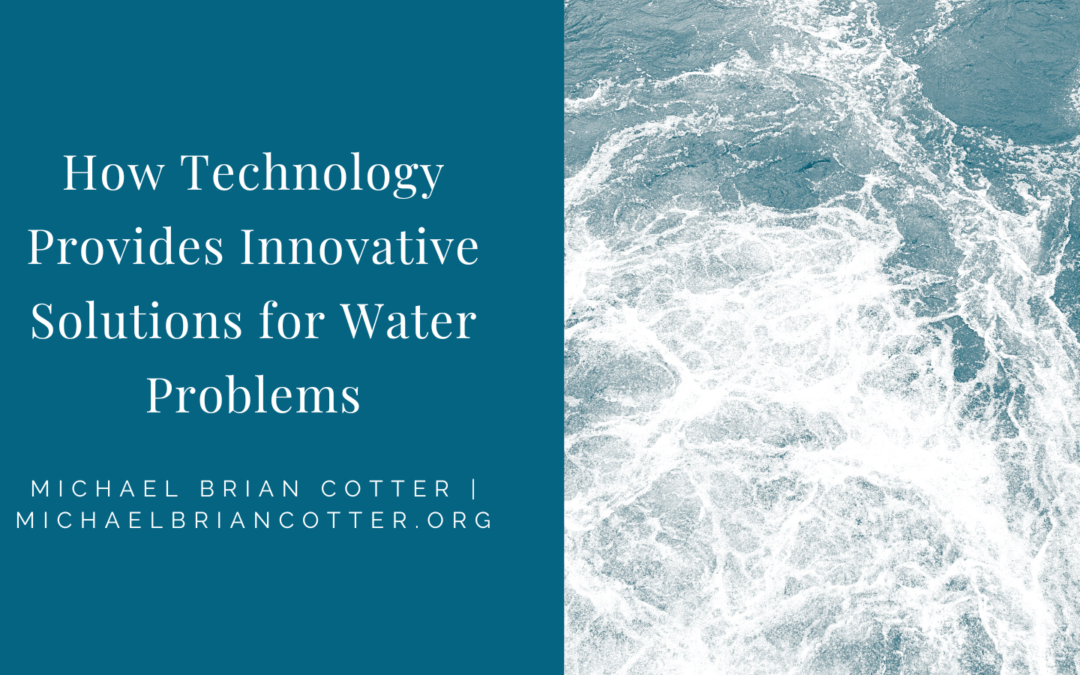People everywhere are trying to create more cutting-edge technology to help make it so that clean water is more accessible throughout the world. Here are a few things that people are creating to expand our access to clean drinking water.
Vapor condensation
We’ve been using solar distillers for our water since pre-Columbian times. It’s actually pretty simple to use. Water is evaporated through the use of solar energy, and then the vapor is condensed on a surface, collecting clean water. Now, there are more advancements tot he technology that improves its performance. For example, the company Sunny Clean Water uses a system of carbon paper evaporators and condensers that are made from polydimethylsiloxane. These condensers in full sunlight emit more energy than they absorb, which reduces the temperature to below the dew point and makes vapor condensation possible.
Water from the desert air
Some people are fighting water scarcity simply because it’s just not there. According to the UN, over 2.1 billion people live in arid places that make up 41.3% of the world’s land. Because of the desertification of our climates because of climate change, there are a number of things that people are doing to alleviate water scarcity in the area. There’s even been a team of researchers from MIT and the University of California at Berkeley, led by chemist Omar Yaghi that has designed a passive system that can extract water from the air only using solar energy.
This is called Metal-Organic Frameworks, or MOF. This would be embedded between a solar panel and a vapor condenser and has the ability to collect 100 milliliters of water per kilo of MOF daily in places like Arizona’s desert.
Fresh water from the sea
It’s almost ironic how much of our world’s population lacks access to clean water despite living next to massive oceans. Unfortunately, that’s because desalination of seawater is still expensive and inefficient, as large plants use polymer membranes, which consume an abundance of energy. However, that’s not the only thing that is in use. New technologies are being developed that can radically change our current desalination plants. For example, scientists from the University of Manchester in the United Kingdom have created a graphite oxide sieve that will allow only the fresh water to pass through, retaining all the salts from the water. These sieves have the potential to radically improve desalination technology, making it more affordable for those who do not have access to desalination plants.
These are just a few of the many technologies that are currently being produced that can help people have access to potable water.
